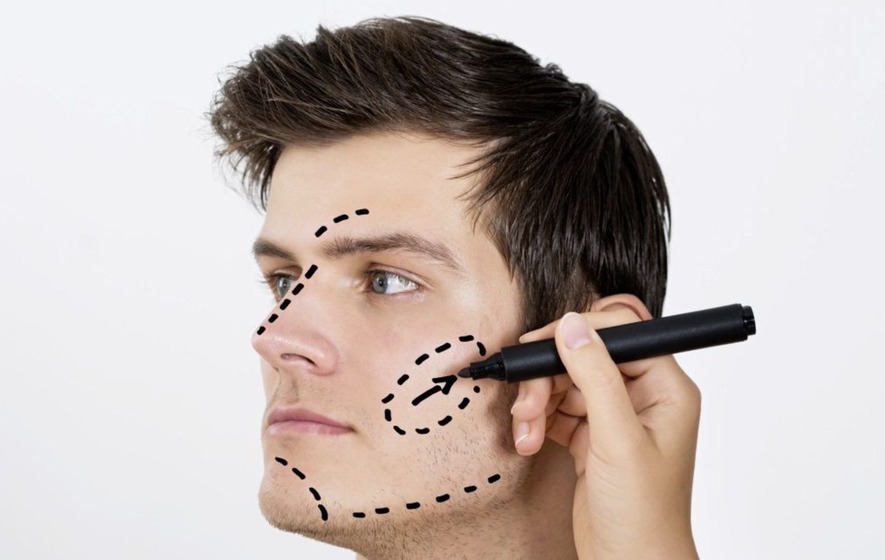
Most Common Plastic Surgeries for Men
It is an undeniable reality that more men are undergoing cosmetic plastic surgery. Despite the fact that the bulk of these treatments done on men was minimally invasive, males make up to 13% of all cosmetic procedures performed in the United States. Although cosmetic surgery has never been gendered, the gender gap may be traced back to societal misunderstandings about what it is and who gets it. Both men and women now have a better awareness of what these processes entail and what they can achieve thanks to the internet and social media.
Learn more about the most common plastic surgeries in men.
1. Breast reduction
Men can experience enlarged or overdeveloped breast tissue, known as gynecomastia, during the hormonal periods of adolescence. Gynecomastia affects about one-third of males. Liposuction or direct surgical excision of the region is an option for reducing the area.
After breast reduction surgery, you may experience some soreness and swelling. But these symptoms are very common, so your plastic surgeon will most likely prescribe pain medications. The first effect of the procedure is seen practically immediately. It can take about 3 months until full results will be visible.
2. Rhinoplasty
Rhinoplasty is a type of plastic surgery used to either improve the look or function of your nose. It frequently entails cutting away a portion of the bone to help reshape the nose. A rhinoplasty is a treatment that should be done with extreme caution to avoid adverse effects. For about one week you’ll have to wear a splint. After the splint is removed, you may experience some puffiness. The nose can take up to a year to fully heal.
Men often seek reconstructive rhinoplasty to improve the appearance of their noses after a physical impact or accident. However, cosmetic rhinoplasty isn’t uncommon.
3. Dermal fillers
Dermal fillers provide volume and fullness to specific parts of the face like cheeks or lips. They frequently account for fat and muscle loss as you age. Dermal fillers are the most popular therapy to reshape and smooth the face. This short office treatment produces relatively little pain, with the possibility of local swelling and bruising.
The results are visible right away and improve in several days. The recovery period is one to two days, and most patients are able to resume their usual activities immediately following treatment.
4. Chin and jaw implants
Chin and jaw implants help improve the structure of the face. They are usually administered at the bottom of the chin, behind the jaw, or through incisions in the mouth. These implants are particularly popular among males since a strong jawline is highly desired. Men becoming more conscious of their looks has driven the surge in popularity of chin implants more than any other surgical procedure.
Downtime takes about a week but you’ll begin to see the shape of the implant after two to three weeks. The complete healing can take up to 6 months.
5. Abdominoplasty
Abdominoplasty removes excess skin and helps to reshape and tighten the abdominal muscles. Candidates for a belly tuck must abstain from all nicotine products and avoid secondhand smoking for at least six weeks before and after surgery. Drains may be implanted during surgery to avoid fluid collecting, and they may be maintained in place for many weeks after the treatment to speed up recovery.
Most patients will require two or more weeks of rehabilitation before returning to normal activities. Strenuous activities will need to be avoided for longer.
6. Blepharoplasty
Blepharoplasty is a procedure to reconstruct the eyelids. This is one of the most commonly performed surgeries on male patients. An upper bleph is a simple surgery that takes around 30 to 45 minutes and takes about five to seven days to recover. There are two forms of lower blepharoplasty: fat removal and skin removal. A lower bleph takes around an hour to do and normally takes one week to recover. In about 10-15 years, you may need to redo the surgery.
